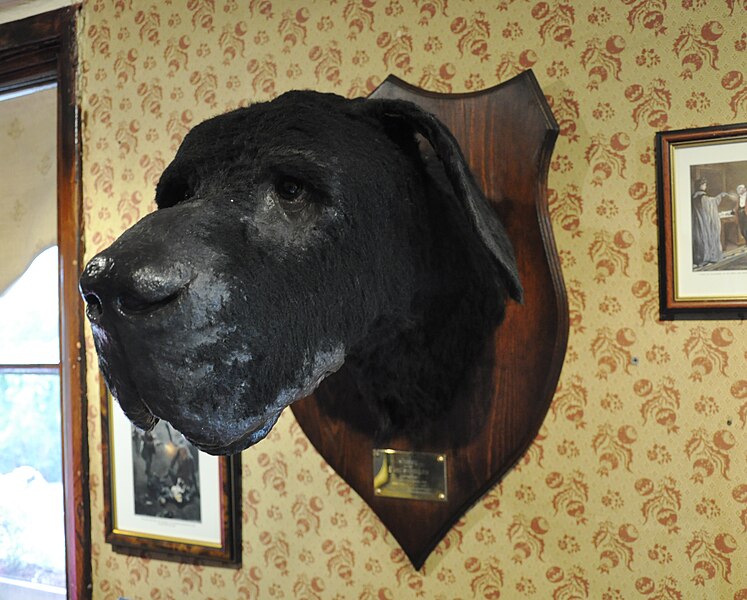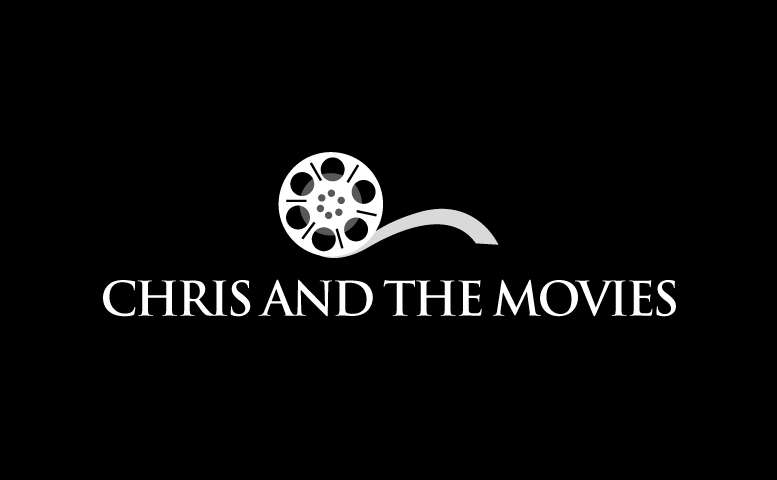There is a pretty good cast in this Christmas classic, perhaps more memorable than the cast of the film that more or less was its spiritual predecessor: Holiday Inn. Both feature Bing Crosby in the lead at one point singing the immortal song "White Christmas," as well as a hotel trying unique ways to get guests for the holidays (or in this case, just the big one in December). The comic relief of Fred Astaire is instead provided effectively by Danny Kaye, and there's more comedy from Mary Wickes, playing the hotel's feisty housekeeper. But this is a movie that tries to tug emotionally not simply with humor. Case in point is the movie's opening scene, where it gets its famous song out of the way pretty quickly. It's 1944 in Europe as American army men are taking a Christmas break watching a vaudeville show by Crosby and Kaye's characters. After a more upbeat number, Crosby sings "White Christmas," the song that won an Oscar for Holiday Inn. The men are moved. From a personal perspective, being away from home in the desert heart of Islam in a country where Christmas is illegal, as I have for the past five years, has really made the song, a favorite of mine, far more poignant. However, my complaints have no merit when one thinks of the reality of wartime soldiers in any country being away from home during a time meant for celebrating being home with one's family. The film only requires Crosby's exceptional voice and the soldiers sadly staring at the ground to provide a really effective opening. From there, though, it's not exactly the most memorable of classic holiday films, but it's an enjoyable one nevertheless.
Crosby and Kaye become Wallace and Davis, post-war hits, topping radio and awing their audiences. But despite their success, Crosby is miserable, unhappy, and lonely, according to Kaye, or at least "happy for the wrong reasons." They are in a business where the women they meet are young and ambitious, so Wallace (Crosby) is not opposed to the idea of settling down necessarily but is more or less convinced that he won't find the love of his life anytime soon. Davis (Kaye), however, is adamant that they try. The two go to see a sister act, and (despite genuinely looking for talent) they meet the Haynes sisters (Rosemary Clooney and Vera-Ellen), and there is immediate chemistry, though less so with Betty (Clooney) and Wallace. Betty thinks Wallace is cynical for believing that everyone has an angle in virtually every decision they make. This disagreement is a major impetus for trouble between the two later in the film.
I mentioned that the rest of the film isn't exactly memorable, and it's true. What will likely stick out in your mind after watching it is the following: the quasi-drag number Wallace and Davis provide, a moment where the two really seem to be having a riotously fun time; the practically angelic dance between Vera-Ellen and Kaye in which they virtually fly over water; the musical number "Snow" the four of them sing on the train, which is basically the only non-"White Christmas" song that could stick in your head; and finally, the really endearing performance by Dean Jagger, who plays the army general Wallace and Davis fought under and who owns the hotel the four leads end up in. The Vermont hotel is struggling to get guests in, especially with the lack of snow in December. He's poured just about everything into the hotel, and yet business is slow. Wallace and Davis are determined to help him out by bringing in a number of terrific musical performances to his hotel to attract customers. Here, the movie is similar to Singin' in the Rain whereby the numbers have no relevance in advancing the plot but are still quite fun to watch. And also, Jagger's performance as the fatherly retired general is the one performance that really will send shivers down your spine.
Vera-Ellen in particular is marvelous to watch dance, and it becomes obvious that the other three--even Kaye--cannot keep up with her. The dancer John Brascia may not have any lines, but he is the only one who can come close to match her dancing skills, and keep an eye out for the handsome George Chakiris making a brief pre-stardom appearance as one of the dancers in an act with Clooney. Vera-Ellen's great dancing is matched by the wonderful singing of Clooney, the charisma of Kaye, and the voice of Crosby. Most folks don't particularly like the sound of their own voice when they hear it, but how could this possibly be for Crosby with that nearly perfect bass-baritone voice of his?
Still, there's almost nothing worth remembering in the third act beyond the final fifteen minutes when it suddenly becomes a Christmas movie, though Clooney's "Love, You Didn't Do Right By Me" scene is iconic, or at least it should be. Is White Christmas the best Christmas movie? No. Is it better than Holiday Inn? No. Is it satisfactory for the holiday season. Absolutely.
Merry Christmas.

























